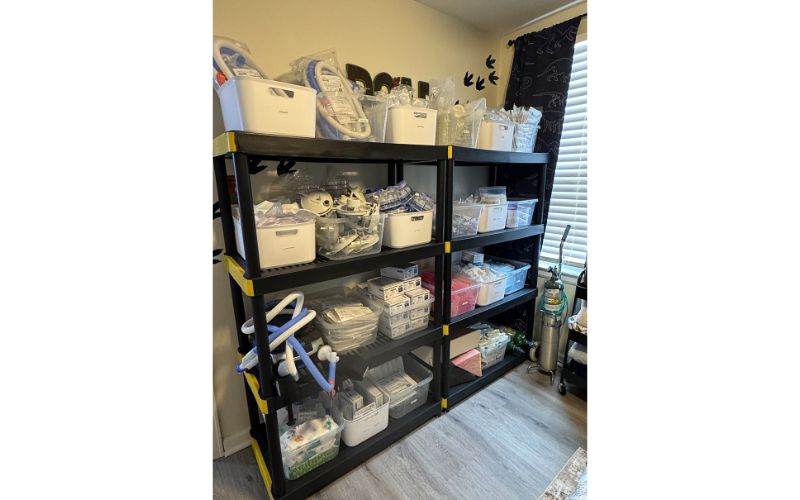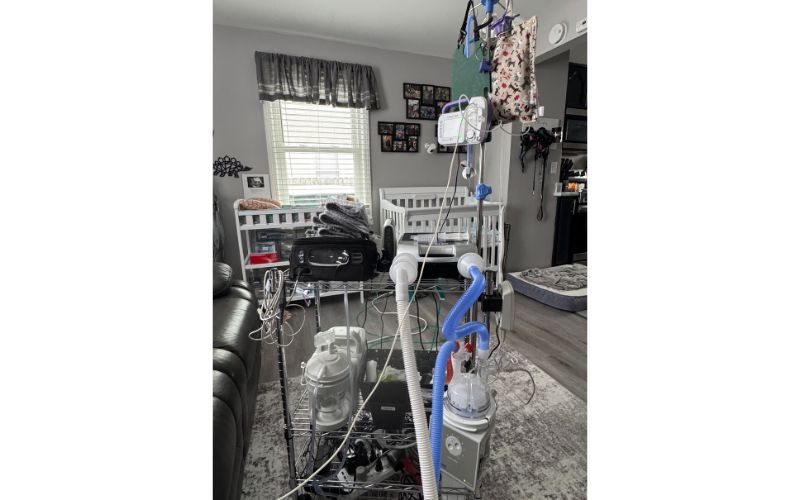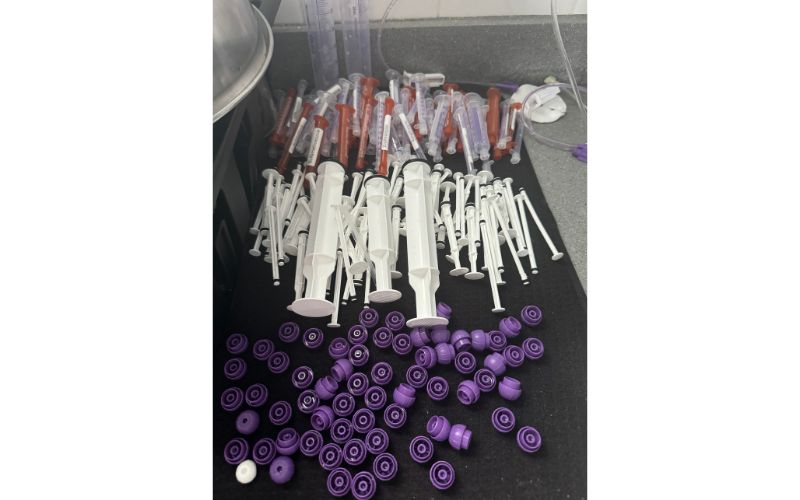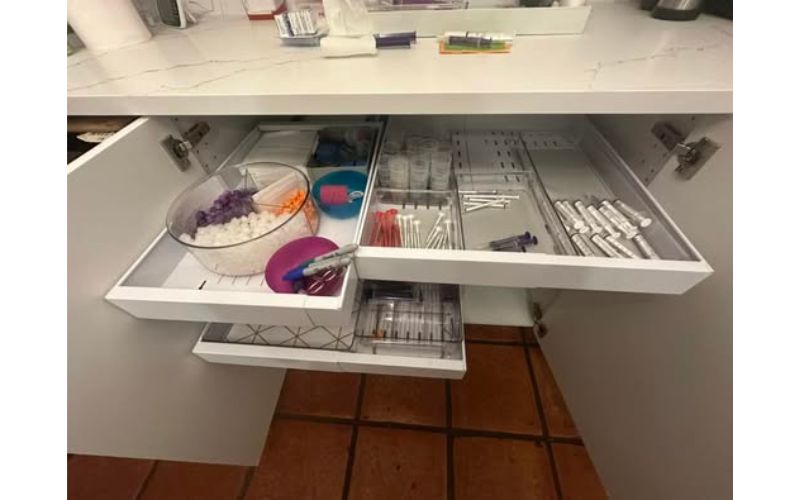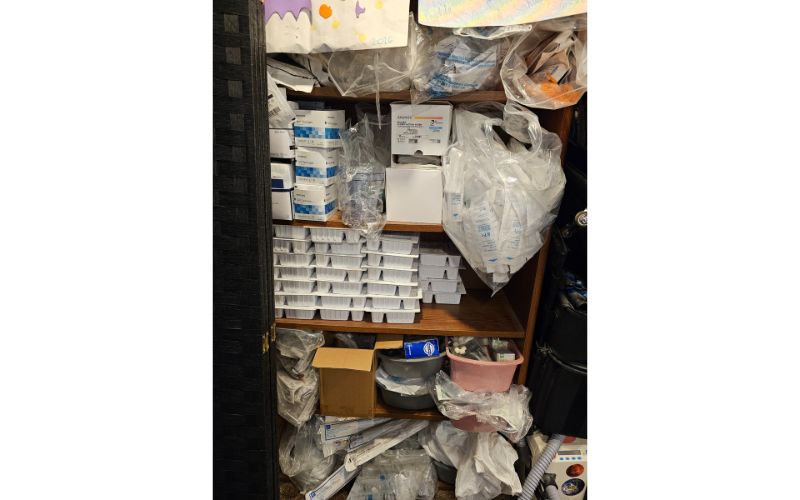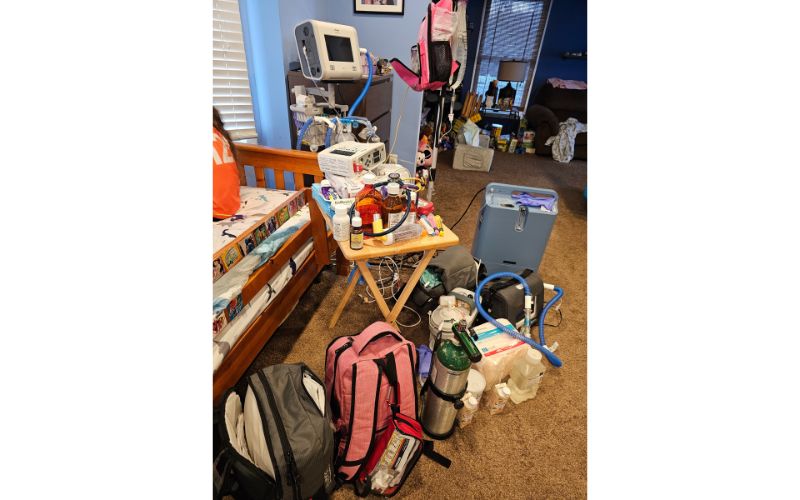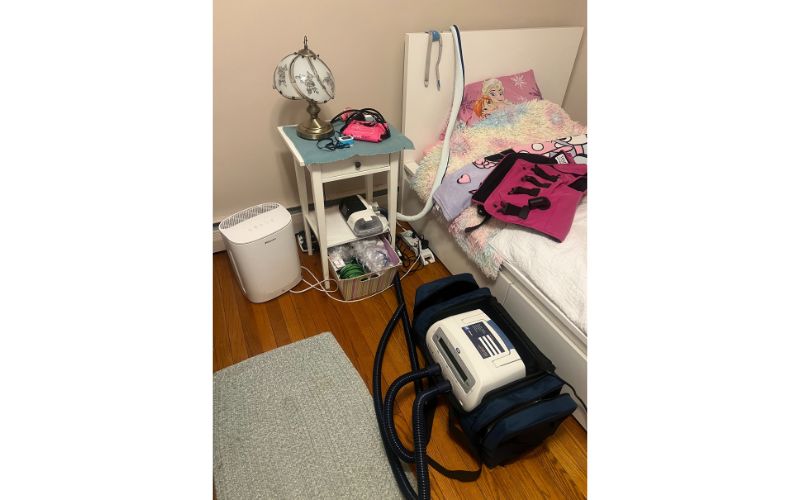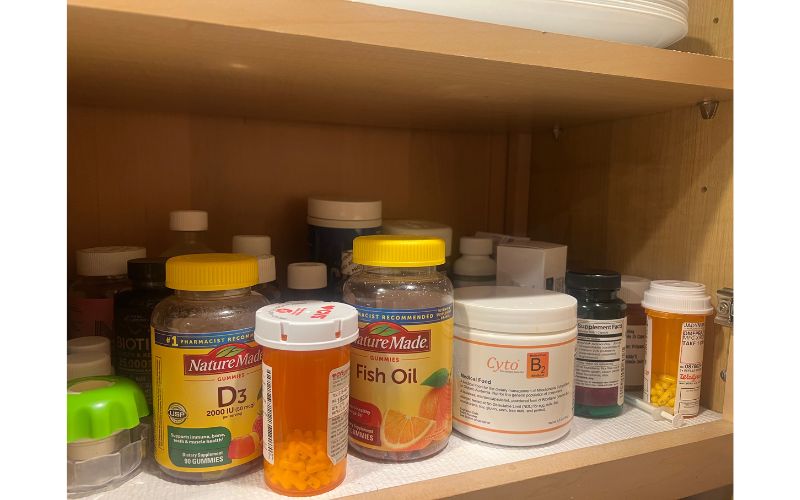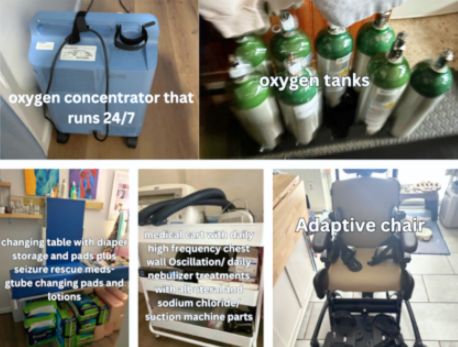
February 28, 2025
The Boost News
NOTE: The slide show below, The Boost has discovered, is best seen on a larger screen. It’s not an optimal user experience on a mobile device. We are trying to fix.
At-home health care is of critical importance for medically fragile children, especially those who are disabled and would otherwise be forced to live in institutions. But a critical in-home nursing shortage has meant that parents must make up for chronic gaps of care to keep their children safe at home.
This is not a job for the fainthearted. Homes often resemble mini-intensive care units and require families to do the same level of work as a licensed practical nurse or registered nurse. Many are forced to leave careers in order to give their children the needed attention to survive. (See the startling statistics after the slide show.)
A New York State bill, the Complex Care Assistant Act — reintroduced this year in both the State Assembly and Senate — aims to mitigate the impact of the in-home nursing shortage. It would establish a program for individuals — who’d be hired by and receive support from a nursing agency — to become complex care assistants for certain Medicaid enrollees. It currently sits in the Senate and Assembly Health committees.
The slideshow below features photos from New York-based families who take care of medically fragile children with disabilities. These families, like countless others, spend hours on the phone with pharmacies, durable medical equipment companies, therapists, and doctors offices in order to ensure that their children have what they need.
Additionally, they must learn the skills required to utilize equipment including CPAP (continuous positive airway pressure) machines and central venous catheters, handle complex medication regimens and seizure management, and take care of daily living skills ranging from transfers, toileting and dressing to special diets. And all this is just the tip of the iceberg.
A Dire Situation
The most prominent barrier to accessing quality home care services, reports the American Academy of Pediatrics (APA), “is a shortage of workforce, a hurdle that can be even higher when considering home care services that specialize in pediatrics. Home care workforce shortages are driven by difficult hiring practices, variable training requirements, and most significantly, inadequate payment.”
And according to a study published by the AAP this month (February 2025), the pediatric home health care population “has increased in America, with approximately 1 in 20 children discharged from a hospital to home with specialized durable medical equipment and/or home health care services.”
Here are some other key bullet points from the study:
- “Home health care services [should be] delivered by a range of health professionals, including RNs, home health aides, and therapists, based on the skill level needed for a child’s care tasks. Notably, however, in current common practice, care tasks of all skill types are delivered in part or even in whole by family caregivers, typically unpaid and without work-hour restrictions.
- “Numerous qualitative studies have linked inadequate home health care to poor health outcomes including emergency department visits, additional medical procedures, and non-medically necessary hospitalization.
- “Home health care gaps result in significant parental stress and negative health consequences. … These studies have [also] demonstrated how caregivers can often feel overwhelmed and unsupported, even becoming socially isolated, which further worsens their caregiving capacity.
- “A recent national-based study found that families of children with special health care needs … lost an average of $18 000/year per family to care for their child’s medical needs.”
To learn more, read Guest Post: Why We Need the New York Complex Care Assistant Act. Posted last year, it remains timely and links to a Facebook page where you can find ways to advocate.
Photo: Just some of the equipment and supplies needed by a young girl named Rian. She has CDKL5 deficiency disorder, which causes uncontrollable seizures. She’s nonverbal, has cognitive impairment, and is severely delayed. She also cannot walk, requires full nutrition and hydration, and all of her meds are through her G-tube. Rian has an implanted heart loop monitor that tracks her Ventricular Tachycardia. She also requires 2 liters of daily oxygen due to her respiratory distress and very low desaturations. Additionally, Rian receives multiple medications four times a day. She requires her chest vibration vest at least twice daily and nebulizer treatments twice daily with her chest PT.
